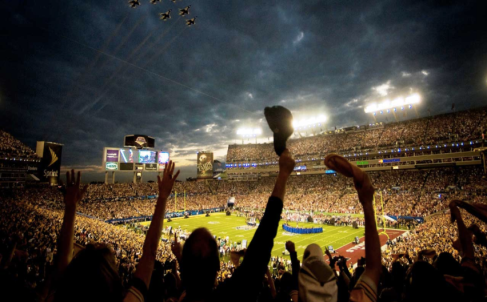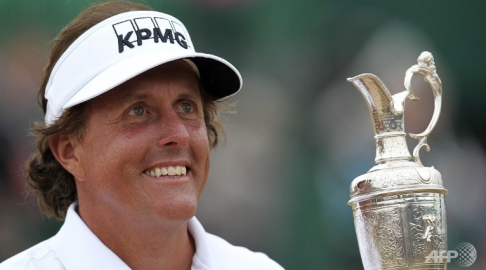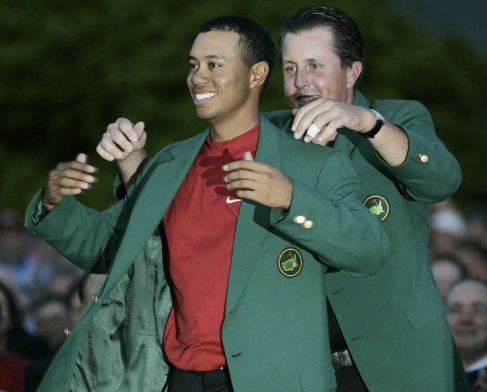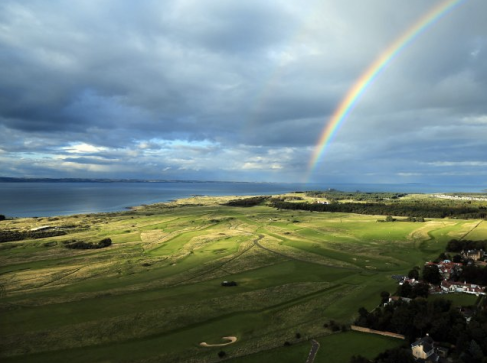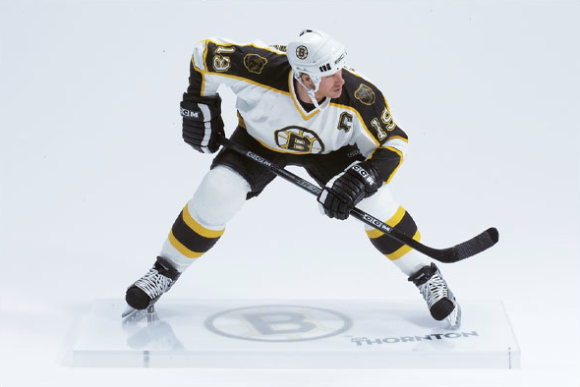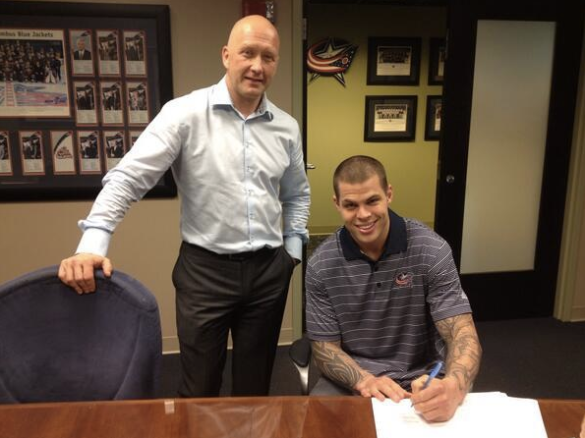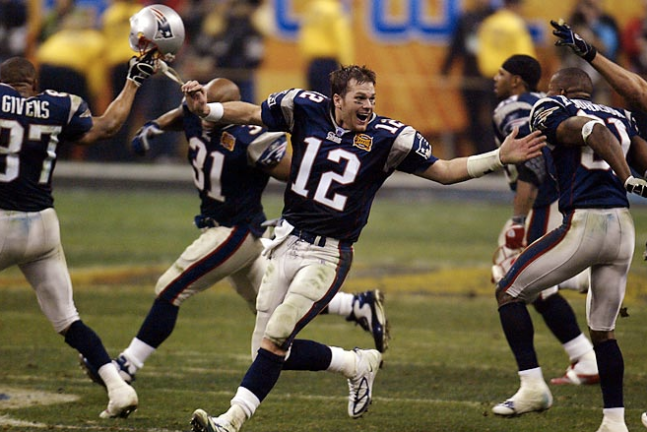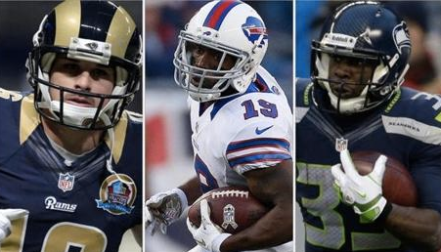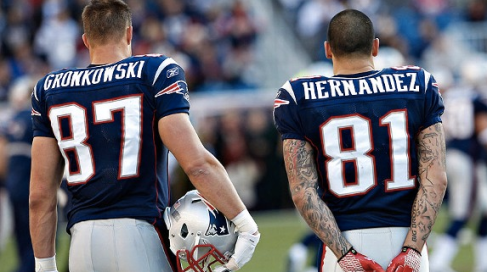It’s always fascinated me that our favorite sport in this country is exclusive to our continent. Baseball has caught on all over the world and we’ve begun to adopt a love for soccer, but football remains localized to the U.S. and Canada. I think the reason we love football stems from the same reasons we love action and war movies. Football is more like a battle than any other sport. I don’t mean that simply because of the physical abuse the players take, but because of the strategy and formations. After all, there’s a reason that the place where offensive and defensive linemen collide is called the “trenches.”
Football is much like battle in ancient times: two teams line up on either side of a battlefield and intentionally collide, trying to advance further into the other team’s territory. Each play is a battle strategy, aiming to exploit the other team’s weakness. The battles are fought 10 yards at a time, forever in pursuit of a fresh set of downs. Nowhere else in sports, or in the world, is it harder to move forward 30 feet than it is in football. Can you imagine trying to get from the kitchen to the living room with 11 of the largest, most athletic men on the planet trying to stop you? In ancient Rome, the people enjoyed watching warriors battle more powerful animals like lions and tigers in the Coliseum. Now we watch Marshawn Lynch shed 350 pound lineman as he barrels into the end zone at Century Link Field.
The tension in football is built up in a similar way to action movies as well. Instead of watching our hero quietly creep through a building before the final firefight, we watch the quarterback lineup under center, call out the “mike” linebacker, and give the snap count in front of a hushed stadium full of 60,000 people. The difference between the action movie and the football game is the script. When the QB takes the snap, no one in the universe knows what’s going to happen next, and we get to experience it as it happens.
Another reason we love football is because it is a game of inches. A lot of sports claim to be this way, and sure, every sport has its moment where an inch or two may have decided the game, but inches decide games, seasons and careers on a regular basis in football. Don’t believe me? Ask Kevin Dyson who came just 20 some-odd inches from winning a Super Bowl, and cementing his name in history. Inches don’t just decide Super Bowls, however, they determine the length of almost every possession. How many times per game do you imagine the chains come out to measure how close the ball is to the first down marker?
Lastly, there’s the heroics. Everybody loves a hero, and every football game has one. Whether it’s Vince Lombardi after winning the first Super Bowl, Broadway Joe after backing up his impossible prediction or Willie McGinest stuffing Edgerrin James on 4th and goal from the 1, someone ends up as the hero. In other sports the heroes are usually the same: the goalie, the goal scorer, the shooting guard, the closer or the slugger. In football, the hero can be anyone. It can be the kicker who split the uprights as time expires or the kick returner who ran one back. It can be the QB who threw the Hail Mary or the wide receiver who caught it. It can be the running back who broke the plane or the nose tackle that held him just short. It can be the linebacker who strip sacked the QB or the free safety that snatched an interception. No matter who it is, the fans are guaranteed at least one hero at the end of every game.
Since February 3rd, Sundays have just been the day before Monday, the last day of the weekend. Starting this Sunday with the preseason, Sundays will go back to being days filled with tension, battles, heroics and games won and lost over a couple of inches. You want to know what I’m most excited for? 3rd and 1 with the game on the line.
